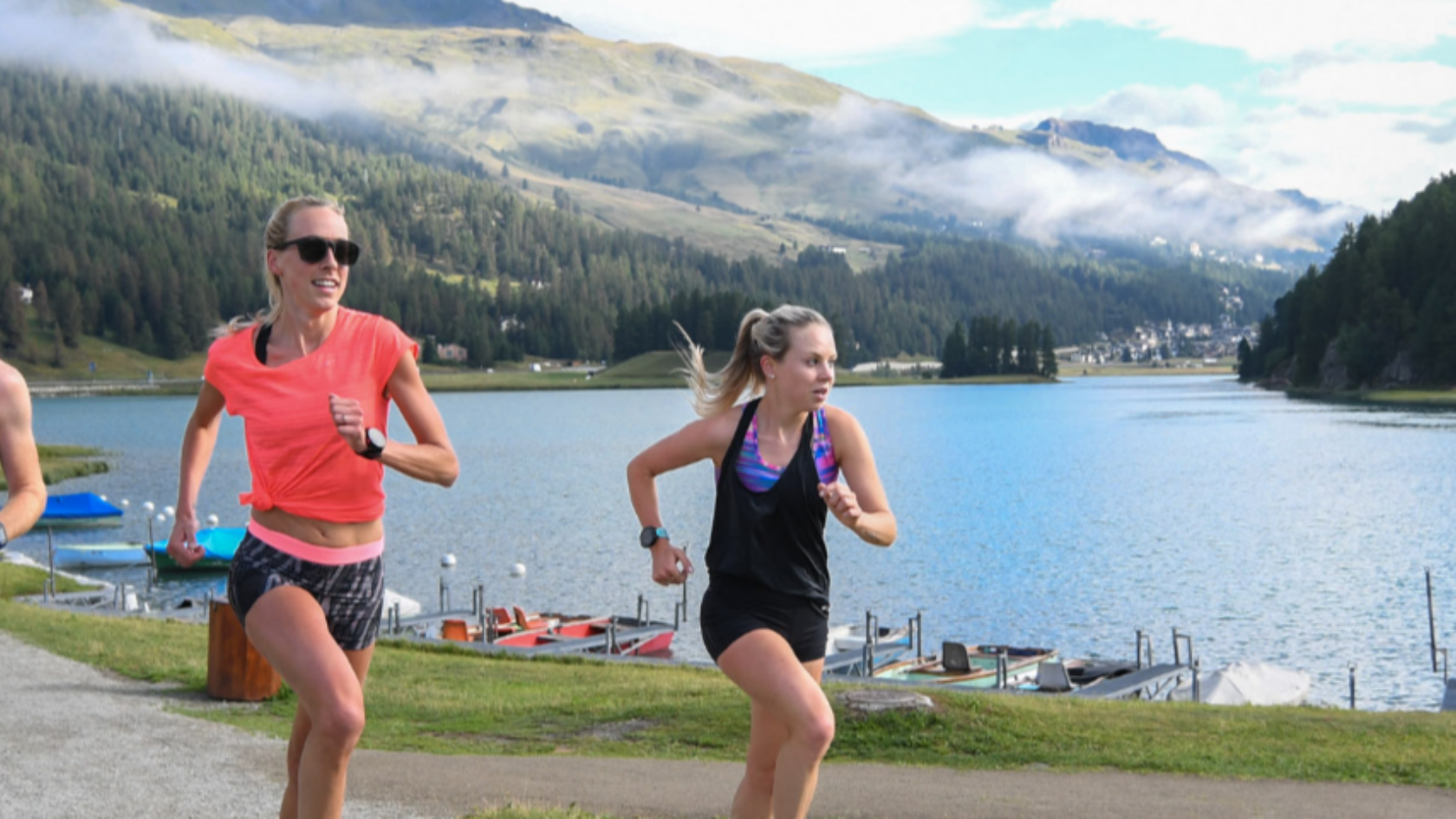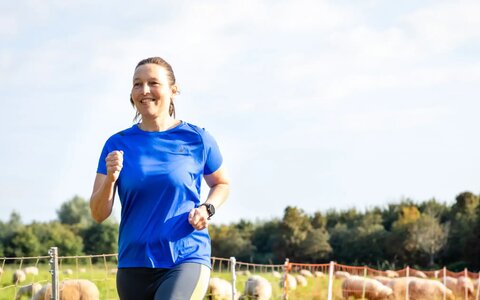Personal characteristics
In the event of an injury, the balance between load and load capacity is often out of whack. How much training you can tolerate depends on a number of personal characteristics, such as age, weight and sports background. “You can influence many factors that play a role in injuries, but personal characteristics cannot be changed just like that. You will have to adjust your training load accordingly”, Schout explains. “For example, the older you get, the greater the risk of certain injuries. There is also a gender difference in the type of injury to which a runner is susceptible and external factors, such as stress, can affect your load capacity.” By being aware of the factors that influence your load capacity, you can adjust your training accordingly.


















